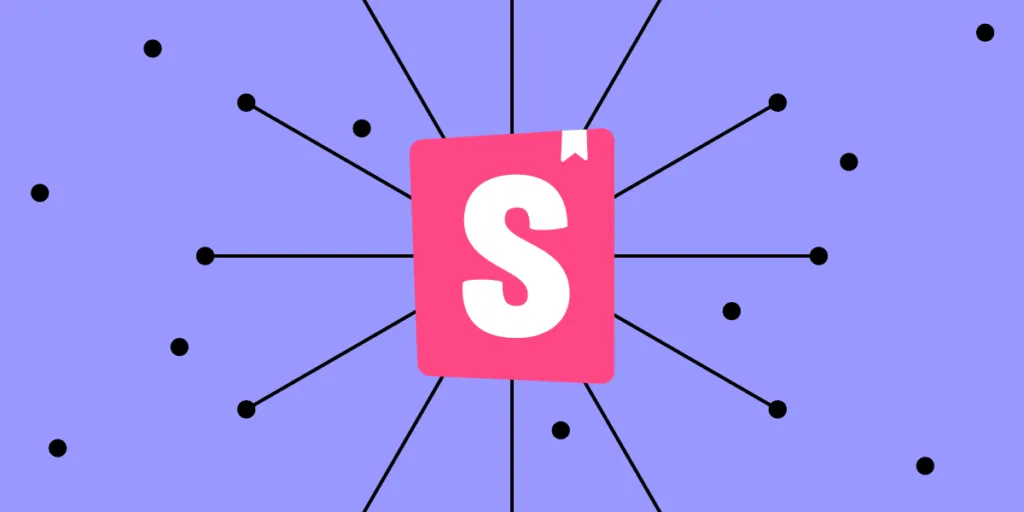Storybook Frameworks You Can Use to Build Component Libraries

Building component libraries can make UI development efficient and failure-proof. Some of the advantages of making a component library include:
- Creating a single source of truth that keeps everyone in line with your current guidelines.
- Scaling quickly when you need to meet a significant milestone or release date.
- Improving collaboration and communication in product teams.
- Reducing code duplication to prevent redundant work.
- Building digital products that work on multiple devices.
UXPin offers Storybook integration. Try it now to build interactive layouts of your app.
Storybook for React
React is a JavaScript library with plenty of benefits. We’ve posted about our appreciation for React features like:
- Component reusability.
- Stable code with easy options to fix glitches.
- Short learning curve, especially for anyone familiar with JavaScript.
- Reliable engineering team that keeps the library working.
- Conditional statements within the JSX extension.
React is a natural fit for Storybook because the framework already offered a way to change individual components without affecting others in the UI library. Storybook makes that feature even more effective by isolating components. The sandbox lets you build an entire UI without wading into many technical details.
React Storybook framework will also help you document your components, which makes reuse easier than ever, and visually test components to avoid buggy code.
If you want to learn more about using React with Storybook, read Storybook’s introduction to React and visit the website Component Driven User Interfaces.
Vue
The Vue Storybook framework offers all of the essentials that you would get from Storybook for React. The biggest difference between Storybook for Vue and React frameworks is that you cannot get the graphQL add-on, which can make it slightly more difficult to integrate with other tools.
Many developers like Vue because it has a small size but doesn’t compromise performance. It offers a solid tooling ecosystem, reactive two-way data binding, and virtual DOM rendering.
Angular
The Storybook Angular framework gives you all of the essentials and add-ons that you get with React.
It makes sense to choose Angular when you have a small development team that would rather focus on extending the functionality of HTML with plain JavaScript. Anyone with basic JavaScript coding skills can use this framework, which could help you save money, decrease development time, and avoid mistakes.
Angular’s simplicity doesn’t make it weak. You still get excellent features, including directives, reusable components, data binding, and localization.
Community Storybook frameworks
Community frameworks don’t have large communities behind them, so they don’t tend to get updated as often as major Storybook frameworks like React and Vue.
Although they aren’t the best options for Storybook, the open-source tool still works with:
- Ember
- HTML
- Mithril
- Marko
- Svelte
- Riot
- Preact
- Rax
Keep in mind that you will lose some features when you use these Storybook frameworks. Only Ember on Storybook has all of the essentials (Actions, Backgrounds, Docs, Viewport, and Controls). None of the community frameworks have graphQL support. They also miss numerous other add-ons, which could make it more difficult for you to finish projects quickly.
Still, Storybook’s flexibility extends to these frameworks. They aren’t perfect, but they will work.
DIY Storybook frameworks
Storybook is an extremely flexible tool that lets you scaffold a new framework specifically for your team. Storybook has always done an excellent job helping users succeed, so it’s not surprising to see that the website has a comprehensive tutorial for going with a new Storybook framework.
Integrate Storybook and UXPin to build digital products more efficiently!
Once you have your component libraries established in Storybook, you can easily import them to UXPin. It’s so easy that the process literally takes about one minute.
After integrating UXPin and Storybook, you can manage your UI component libraries from within Storybook. Any change you make will automatically take place in UXPin libraries, too. That way, you can maintain a single source of truth in Storybook and create fully functional prototypes in UXPin with Merge technology.
Storybook and Merge will make your development processes more efficient and effective by putting the power of code-based design into everyone’s hands. You want efficiency, right? So get the Storybook integration now and start exploring the benefits!



